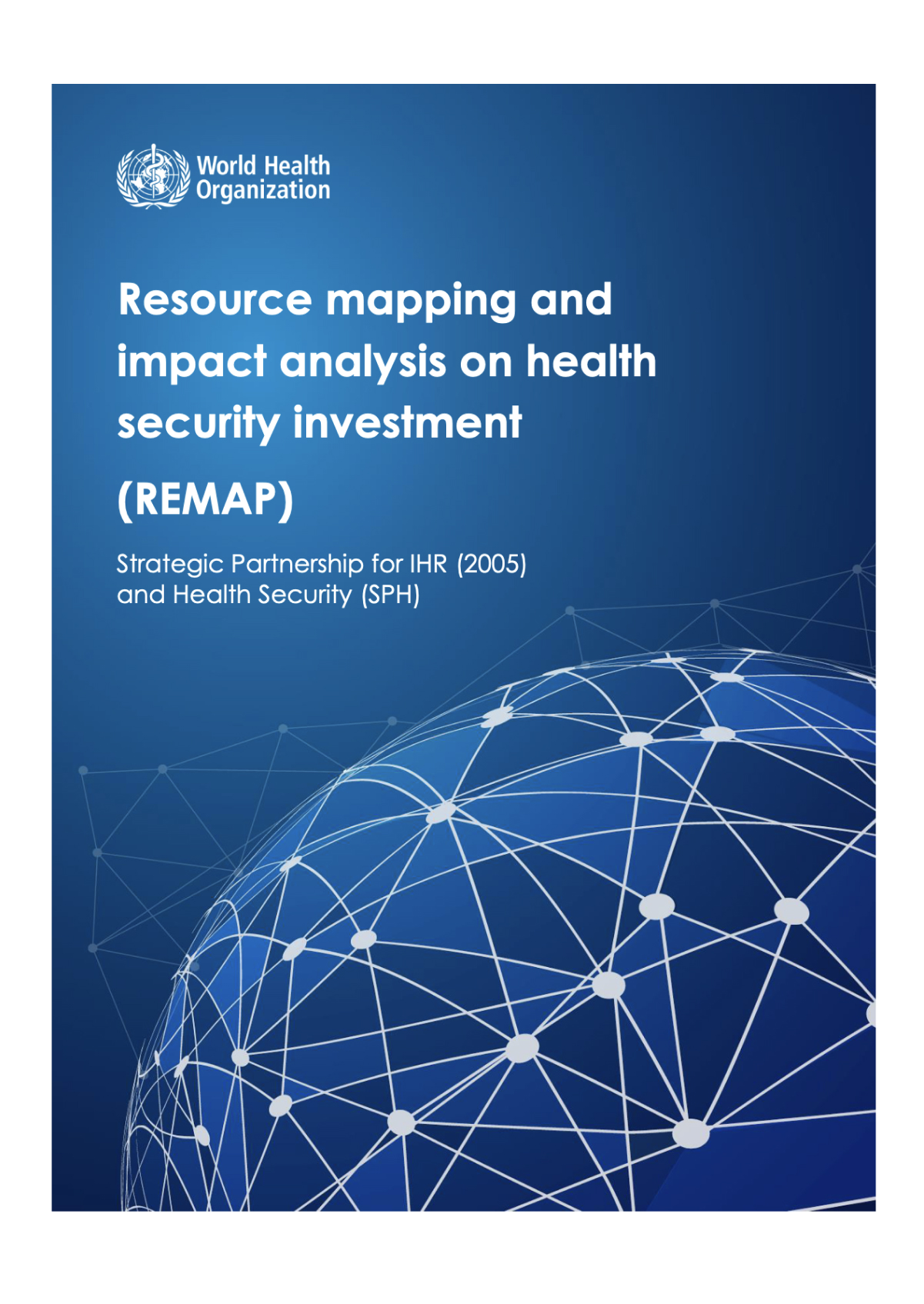Under the WHO General Programme of Work (GPW 13), the WHO Health Emergencies Programme (WHE) contributes to the strategic priority of having 1 billion more people better protected from health emergencies. WHO developed the resource mapping (REMAP) tool to advance this effort and support Member States in strengthening core health security capacities. The REMAP tool was first launched in 2018 to support country efforts to meet the requirements of the International Health Regulations (IHR, 2005) through the implementation of National Action Plans for Health Security (NAPHS).
Since then the REMAP tool has been adapted at country request to also support the implementation of COVID-19 preparedness and response plans as well as other national plans with relevance for health security.
Effective implementation of health security plans requires identifying country gaps and needs and mobilizing financial and technical resources (domestic and external). The WHO REMAP tool is used to map the health security projects and interventions at national and subnational levels — through financial or technical support — allowing policymakers and partners to see where the gaps exist and where more investment of resources is needed. This provides valuable information for the country, offers visibility for the partners‘ financial and technical investments, and supports alignment and harmonization of country and partner efforts.
The REMAP process fosters dialogue between countries and partners for a coordinated multisectoral approach. The tool, available in online and Excel versions, also allows countries to visualize the progress of implementation of their health security activities and plans, visualizing which areas and activities are being completed at what rate.
WHO will support Member States in the use of the REMAP tool upon request and adapt the process for country context.
